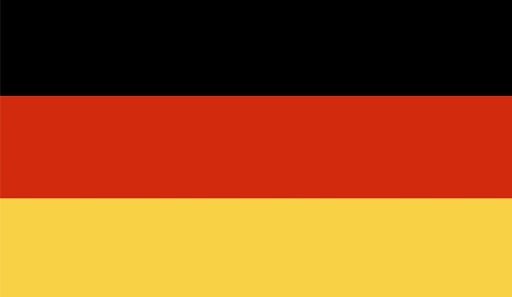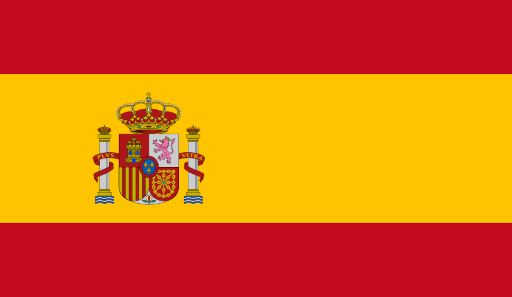As global environmental regulations evolve, the shipping industry must continuously adapt to new compliance standards. A key milestone is effective since May 01, 2025, the Mediterranean Sea is officially designated as an Emission Control Area (ECA) for sulphur oxides (SOx) under MARPOL Annex VI Regulation 14, as adopted by the International Maritime Organization (IMO). This new designation marks a significant development in the pursuit of cleaner, more sustainable maritime operations.
What Are Emission Control Areas?
Emission Control Areas (ECAs) are designated sea zones where strict limits are imposed on emissions from ships, including sulphur oxides (SOx), nitrogen oxides (NOx), and particulate matter. They are established under the MARPOL Convention by the IMO and are designed to mitigate air pollution, especially in heavily trafficked or environmentally sensitive maritime regions.
Existing ECAs include:
- The Baltic Sea
- The North Sea
- The North American coastlines
- The US Caribbean Sea
The Mediterranean joined these zones as the fifth official ECA, reinforcing global efforts to reduce marine-related air pollution.
Why the Mediterranean?
The Mediterranean Sea is one of the busiest maritime corridors globally, vital to trade between Europe, Africa, and Asia. However, this high traffic also means increased levels of air pollution, especially in port cities and densely populated coastal regions. According to data from the United Nations Environment Programme (UNEP), SOx emissions from shipping are responsible for serious health impacts and environmental degradation in the region.
The ECA designation will require vessels operating in the Mediterranean to limit sulphur content in fuels to 0.10% m/m, a substantial reduction from the current global limit of 0.50%, already in place since the IMO 2020 regulation. You can read more about that milestone regulation here.
Compliance Requirements and Operational Challenges
Ships transiting the Mediterranean ECA must either:
- Use low-sulphur fuel oil (LSFO) with a sulphur content of ≤ 0.10%
- Employ approved exhaust gas cleaning systems (scrubbers)
While the change brings major environmental benefits, it also poses logistical and financial challenges for operators
Higher fuel costs due to the use of low-sulphur alternatives
Infrastructure readiness for cleaner fuel availability at ports
Operational adjustments, such as route optimization, engine modifications or schedule changes
Complex compliance management across different regional requirements
Despite these challenges, the industry has shown its ability to adapt, as demonstrated by the global rollout of IMO 2020, which significantly reduced sulphur emissions worldwide.
What It Means for Shippers and Customers
As with previous environmental initiatives, the cost of compliance with the new ECA regulations will be reflected in shipping rates. The use of cleaner fuels and operational adjustments is expected to raise carriers’ operating costs, which will likely result in surcharges being introduced.
Note: These surcharges will apply to all cargo entering or transiting through the Mediterranean.
At Leschaco, we are working closely with our carrier partners and monitoring developments to ensure transparency and operational readiness. We remain committed to supporting our customers through this transition by offering clear communication, proactive planning, and reliable logistics solutions that meet regulatory standards.







